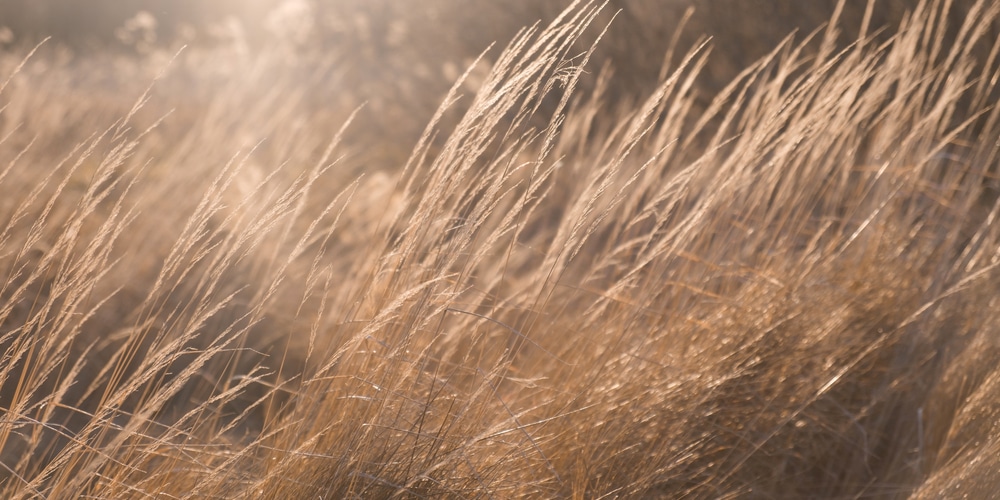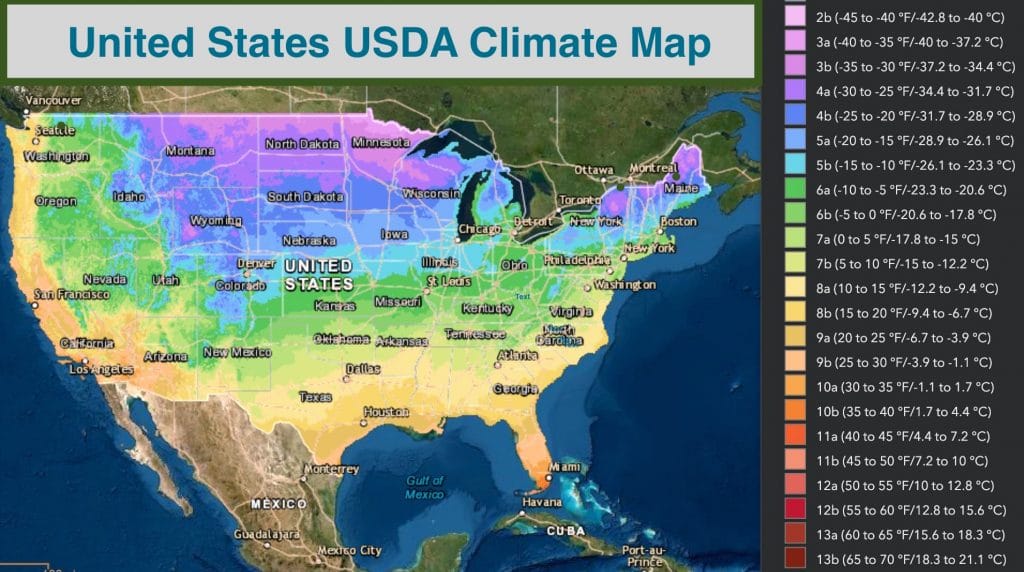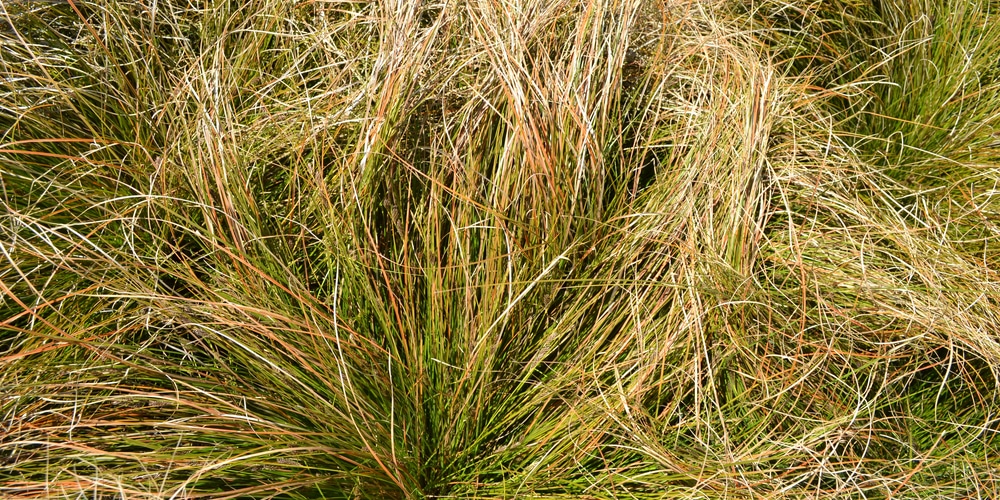Color Grass Bronco, also known as Bronco Sedge or Bronco Cared, is a type of clumping grass that can help you add texture and some bronze color to your garden. This voluminous grass works excellently as a border or along walkways to make your property more attractive (and wild-looking). Let’s look at how to grow and care for Color Grass Bronco.
What is Color Grass Bronco
Its fine texture can add an elegant touch to containers: you can train it to spill over for a more dramatic effect. If you need something to give an unstructured feel to your landscape, this grass might be your best option. It can add a soft touch to your rock gardens, and you can even mix it with colorful flowering species to create variety in your yard. The possibilities are numerous!
The best part is that you won’t have to intervene too much to ensure this plant thrives. This type of grass is perfect for beginners or gardeners that don’t have much time to spend in their gardens. It only reaches heights of about one foot at maturity, so you don’t have to worry if your space is limited.
Where Does Color Grass Bronco Grow?
You can grow it successfully in USDA hardiness zones between 6 and 9. These plants’ natural environments are the grassland and marsh areas around the country. While tolerant to short periods of drought, they do well in hot and dry climates (despite its deserty-appearance). This perennial maintains its color all-year-round. However, in the colder regions, its leaves might whither in the winter. The plant usually doesn’t grow more than six to twelve inches high. But to learn more about taking care of Color Grass Bronco, read on.
In this essential guide, you’ll find everything you need to know to keep this decorative grass and have it thrive in your garden. Here, we included our favorite tips to make the most out of this plant: we hope you enjoy it!
Color Grass Bronco: Our Caring Tips
Taking care of color grass bronco isn’t challenging: however, you’ll have to ensure you give it what it needs to thrive to get the results you expect from this compact type of grass.
Water
You should water your Bronco sedge at least once per week (more if you live in a hot area and rain hasn’t fallen in a while). But don’t leave it wet: soak the soil as much as six to eight inches dip. To avoid overwatering, allow the plant to dry slightly between watering. But beware: you shouldn’t leave your Color Grass Bronco dry for too long.
Sun Requirements
Place your plant under the full sun for best results. While the plant adapts to most soil conditions, if you can, add it to a well-draining potting mix.
Soil
Combine some perlite or peat moss to increase water retention and improve the nutrient content. Mulch is not necessary. But you might have to add it to the plant during the hottest months of the year. Doing so will help regulate the soil temperature and maintain your Color Grass Bronco moist.
Remember to carefully remove (and pull) dead grass from your plants. Do so in the late winter to allow your grass to recover before the temperatures rise. If your plant seems to suffer, you can prune it to about three inches long to encourage new, healthy growth.
Propagation
If the plant is outgrowing its container, you can divide mature plants and propagate them from division. The process is simple and effective. Cut your plant to about six inches and dig the ground with a garden fork. Divide the plant into sections and take at least two or three healthy shoots (and their roots).
Relocate them to a different container with well-draining soil. Water them thoroughly to speed up their adaptation process. And there you have, you’ve just saved a dying plant and created a twin!
Pests and Diseases
Also, keep an eye out for aphids. While these plants are resistant to most pests, these tiny insects might severely damage them. They can be green, black, yellow, brown, or even white. As soon as you notice them in your plant, take action. Doing so will minimize the risk of infestation and prevent your plant from suffering intense stress.
Spray the insects with commercial insecticide soap. When applying the product, don’t forget to cover both sides of the leaves. Remember that you might have to repeat the process for a couple of weeks to get rid of all of them.


